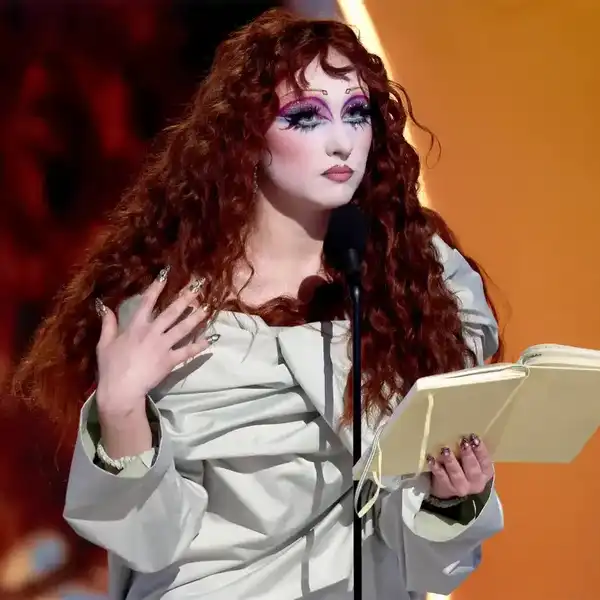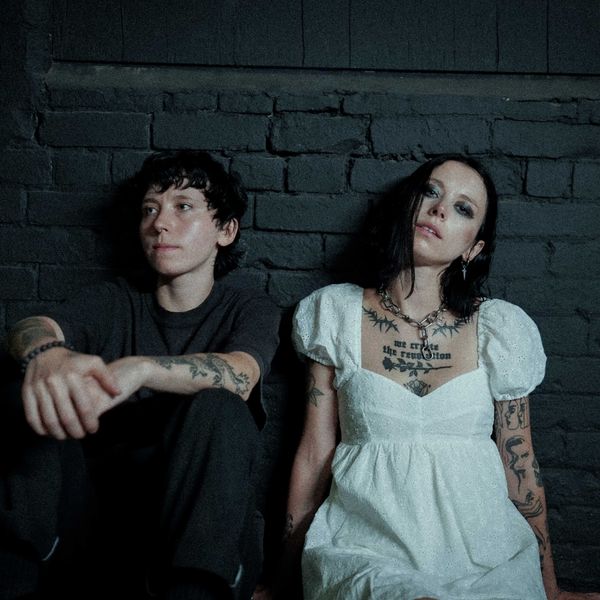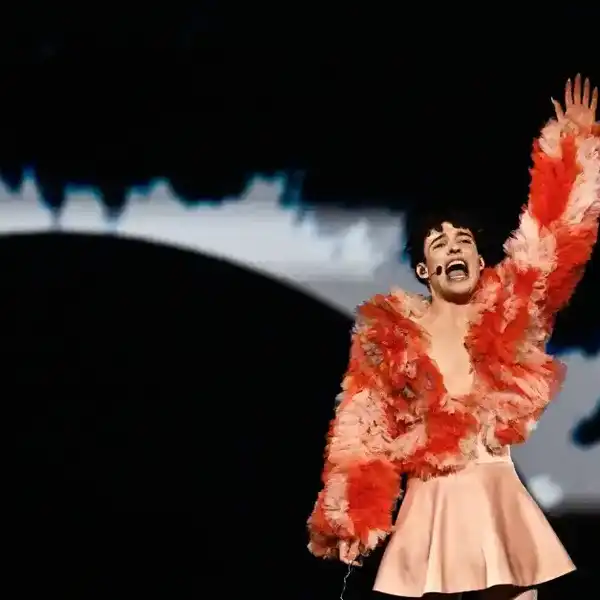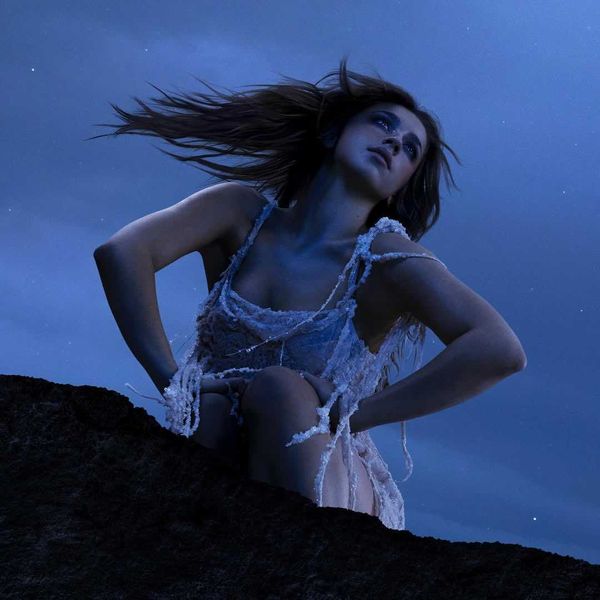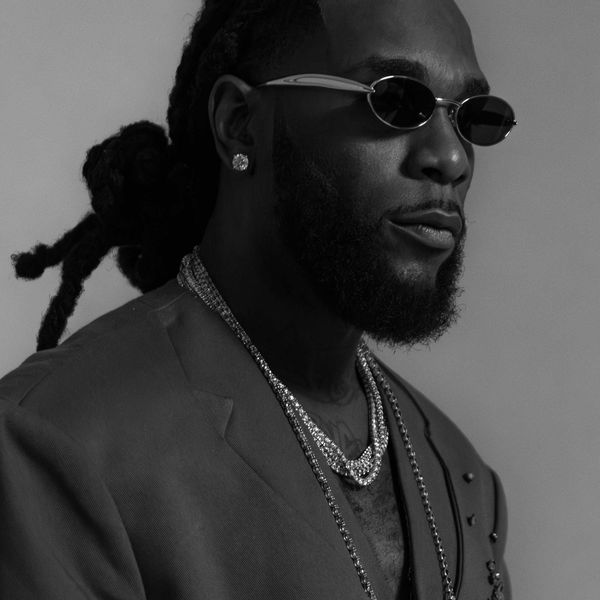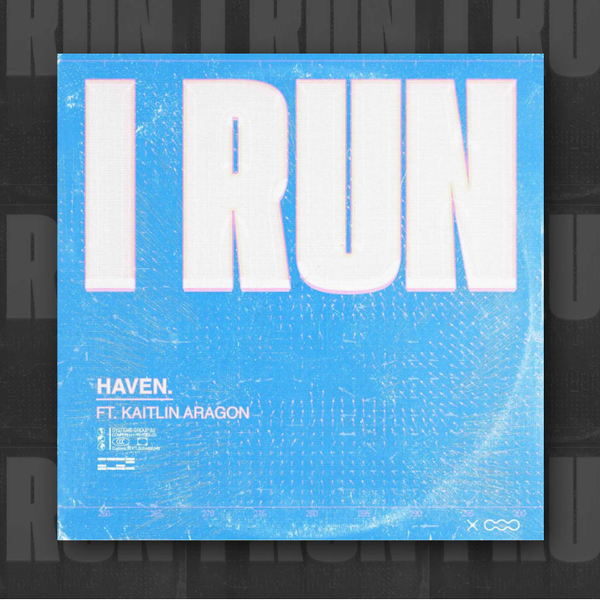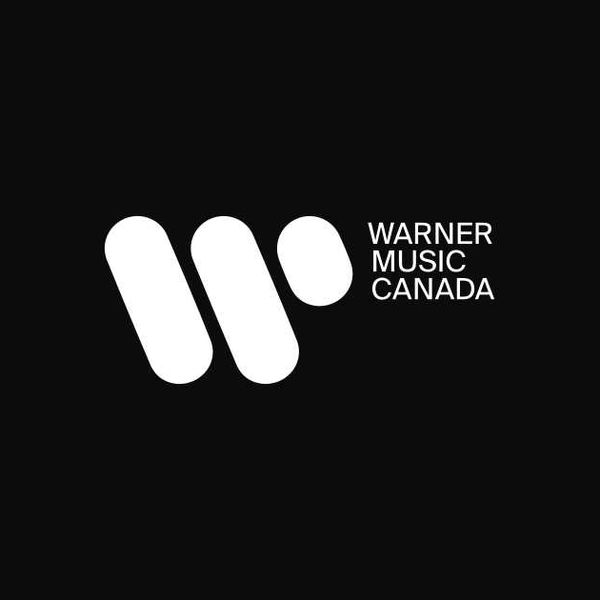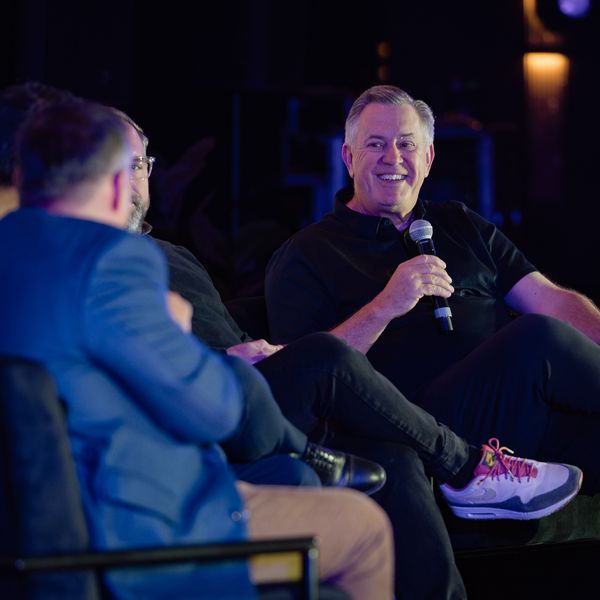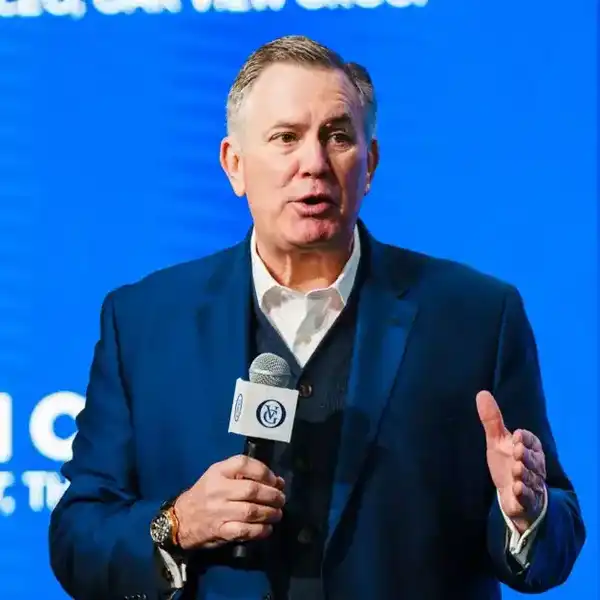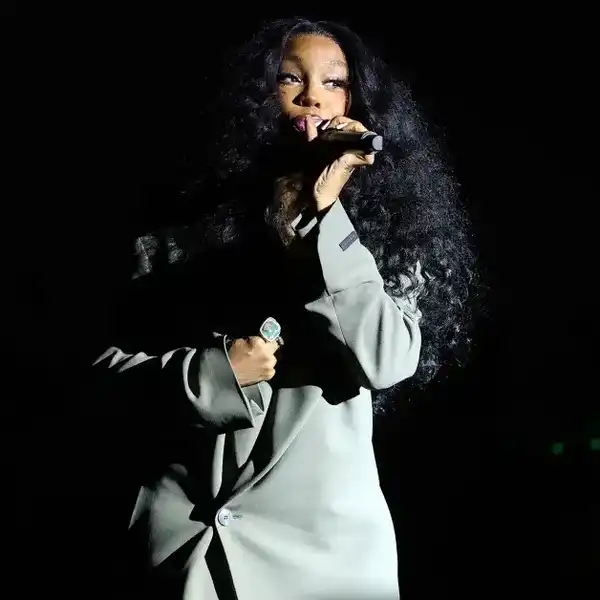How Toronto Became A Pop Culture Destination
The Winnipeg I grew up in became a Cultural Oasis in the '60s.
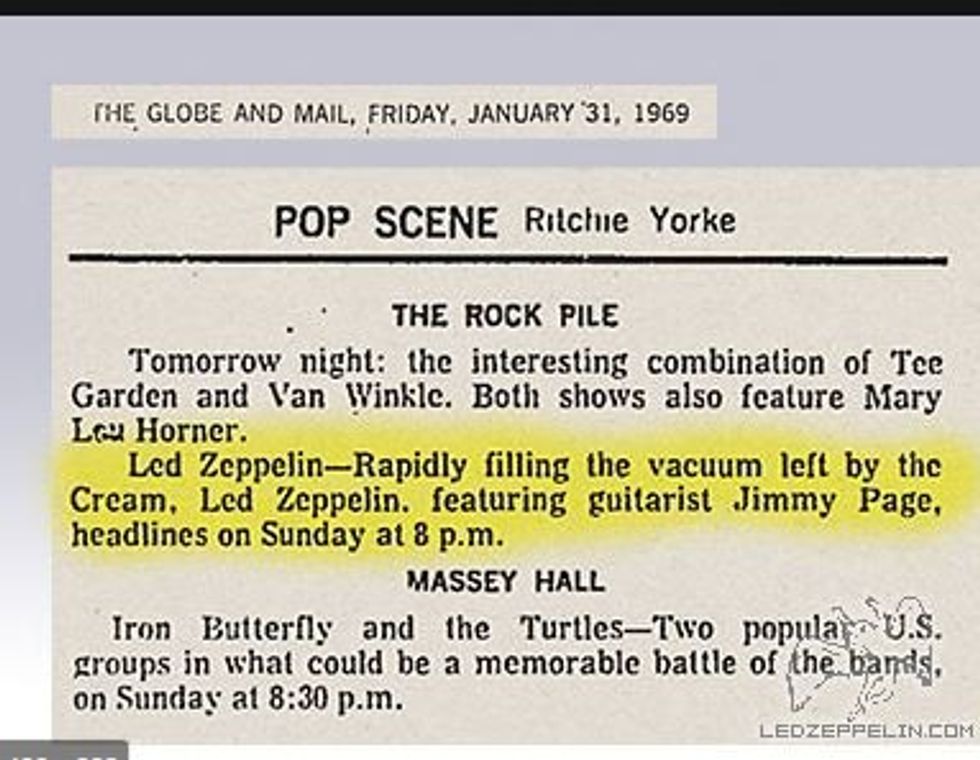
By Warren Cosford
The Winnipeg I grew up in became a Cultural Oasis in the '60s.
The Winnipeg Symphony Orchestra, The Royal Winnipeg Ballet, The Manitoba Theatre Centre, Rainbow Stage. Original Programming on CBC Radio was often created in Winnipeg, and Eaton's Good Deed Club each Saturday Morning on the CBC gave us all an opportunity to perform with musical instruments and/or sing.
With the dawn of Rock & Roll, it seemed all of it was made in America. Nevertheless, suddenly, with CKY and CKRC, we had two Radio Stations playing it. Then, in 1958, Windsor Ontario's Jack Scott had 19 Hit Records in a row, and Port Arthur Ontario's Bobby Curtola 'opened' for Bob Hope at The Winnipeg Arena.
Hey everyone. Let's make Rock & Roll Records too. And did we ever.
We couldn't find a record company to produce and distribute them, so we did it ourselves, usually with the help of Chuck Dann and Daryl B at CKY and Harry Taylor at CKRC.
But it was now 1967, and I was visiting The Big City of Toronto for the first time.
Just by walking down Yonge Street, for the price of a beer, I saw Dizzy Gillespie, The Righteous Brothers, Solomon Burke and Tammy Wynette. In the Hippie Village of Yorkville, it was Sonny Terry and Brownie McGhee. Pretty cool. But nothing like Winnipeg.
After a couple of days, I went back to Winnipeg and told everyone that many I met who were living there called 'Toronto The Good' pretty dull.
Then, in 1969, Winnipeg heard about The Rock & Roll Revival Festival in Toronto featuring John Lennon. It had received a lot of 'buzz'.
But it wasn't until I went to work at CHUM in 1970 that I could feel the beginnings of an 'Earthquake'.
Record Producer Jack Richardson began making Hit Records with Winnipeg's Guess Who, just as Winnipegger Neil Young was getting attention in Toronto's Yorkville.
Winnipeg's J. Robert Wood brought me to Toronto. Bob was creating a new brand of Top 40 Radio at 1050 CHUM. Across the hall, Progressive Rock Radio was being invented on CHUM-FM. Meanwhile, at his father's 20,000 seat Maple Leaf Gardens, Bill Ballard, with friends Michael Cohl and David Wolinsky, was creating Concert Productions International.
How to attack CHUM? We had just 'beaten up' CKFH. They were now Oldies
To our surprise, George Johns, another Program Director from Winnipeg, came to town and created Top 40 CFTR. I was beginning to feel quite at home. So I brought in Winnipeg Radio's Rick Hallson, Bob McMillan, Ken Porteous and John Tucker to produce Winnipeg D.Js Chuck McCoy and Daryl B on CHUM.
This was beginning to be fun.
When a US Radio Consultant brought his History of Rock & Roll Documentary to Toronto, CHUM produced the first Radio Documentary on The Beatles and gave it away to Radio Stations in Canada and The U.S. The BBC 'played catchup' by sending staff to Toronto so we could help them produce a Beatles documentary of their own.
When that same US Radio Consultant produced a radio documentary on Elvis Presley, CHUM swung into action. Gordon Stoker of The Jordanaires told us that Elvis wanted to have family and friends help us with the CHUM's documentary because he had heard The Beatle doc.
The Canadian Music Industry too was playing 'catch up' to Winnipeg when The Canadian Government decreed that Canadian Radio would be required to air 30% Canadian Talent. Hell, we had been doing that in Winnipeg for years.
Word about Toronto was getting around.
Jack Richardson's success with The Guess Who had US performers contacting him. So, Jack mentored Toronto producer Bob Ezrin who produced hit records with Bob Seger and Alice Cooper from Detroit, Lou Reed and KISS from New York and Britain's Pink Floyd.
Meanwhile, Moses Znaimer's Vision of Cable TV created City-TV, which created CHUM-FM/City-TV Rock Concert simulcasts bringing in wannable rock stars from all over Canada. Ground-breaking Music Video Channel MUCH Music followed.
If you wanted to break into the Music Industry, Toronto became the place to be.
The Rolling Stones certainly thought so. They recorded one side of their double LP from Toronto’s El Mocambo. Meat Loaf came too. His Bat Out of Hell went into Heavy Rotation on CHUM-FM. It became one of the top-selling LPs ever.
Suddenly US Record Companies realized that Toronto was a 'breakout' market for new releases.
In 1979, CHUM-FM produced 63 live Concert Broadcasts, many of which were used to 'break' baby bands and performers to the world.
Suddenly, baby bands came to Canada looking to 'get a break'.
The Garys'(Topp and Cormer) The Edge was waiting for them. Wanna 'break' bands such as The Police many months before The World knew what was happening? Come to Toronto.
Is it any wonder that, in 1976, Hollywood took notice and The Toronto International Film Festival was launched,
So yes, inspired by John Lennon and The Toronto Rock & Roll Revival, Toronto became The Pop Culture Capital of North America.
Today....Gary Topp is even innovating the publishing industry, just as he did with The Edge.


